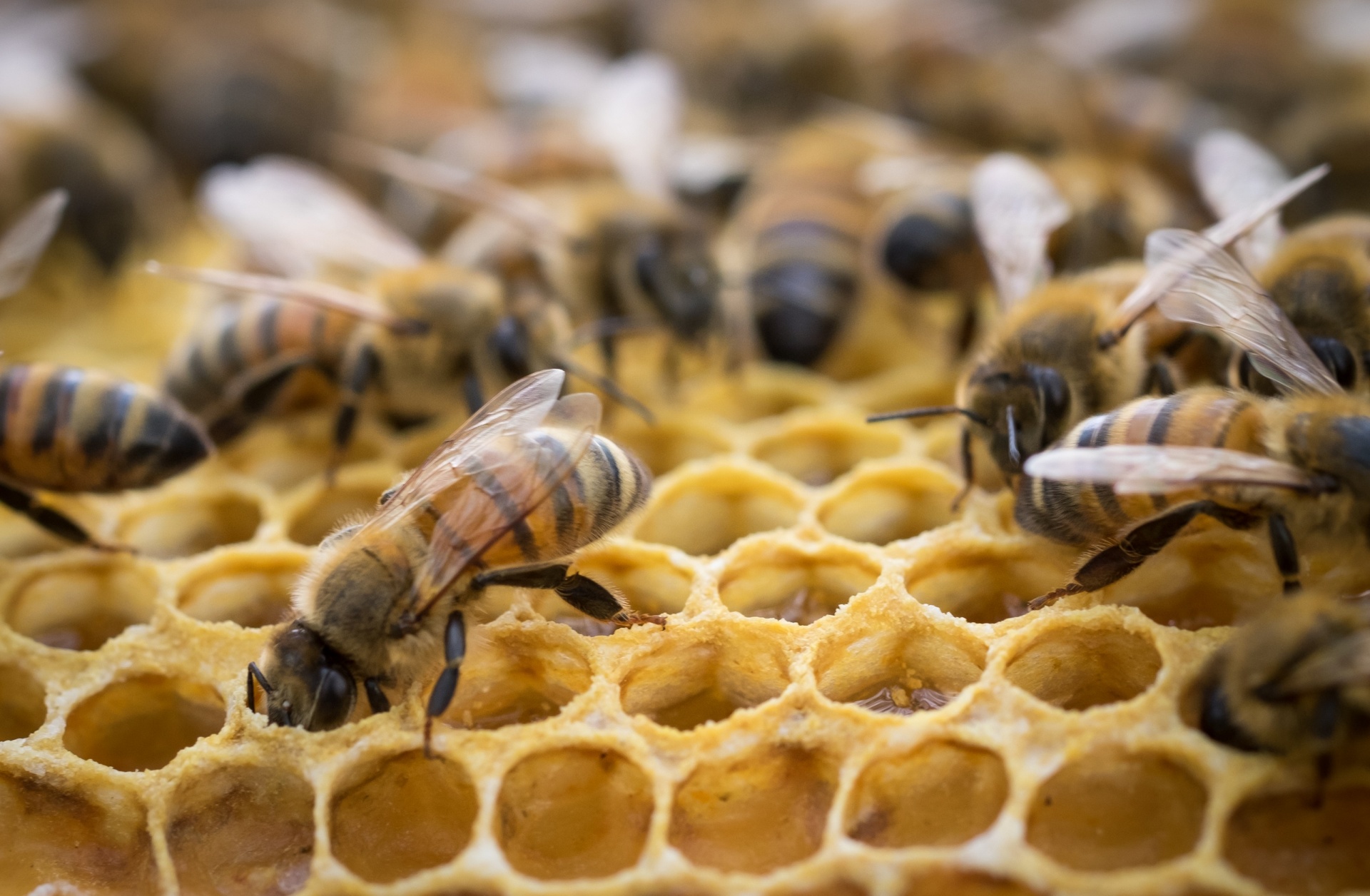
First successful demonstration of the brain to brain communication in human was done in 2014 by neuroscientists. The experiment allowed the subjects to exchange mentally conjured despite being 5,000 miles apart. It’s the neuroscientific equivalent of instant messaging. Two human subjects, one in India and one in France, successfully transmitted the words “hola” and “ciao” in a computer-assisted brain-to-brain transmission using internet-linked electroencephalogram (EEG) and robot-assisted image-guided transcranial magnetic stimulation (TMS) technologies.
To this experiment, Researchers used EEG technology to make interconnection of one human mind to another human mind. They recruited four participants, one of whom was assigned to the brain-computer interface (BCI) branch, the part of the chain where the messages were to originate. The other three participants were assigned to the computer-brain interface (CBI) branch to receive the messages being transmitted to them.
Using EEG, the researchers translated the greetings “hola” and “ciao” into binary, and then emailed the results from India to France. At this receiving location, a CBI transmitted the message to the receivers’ brains through noninvasive brain stimulation. This was experienced as phosphenes — flashes of light in their peripheral vision. The light appeared in the numerical sequences that allowed the receivers to decode the data in the message. It’s important to note that this information was not conveyed to the subjects via tactile, visual, or auditory cues; special measures were taken to block sensory input. This ensured that the communication was exclusively mind-to-mind — though it was channeled through several different mediums.
A second experiment was conducted between individuals in Spain and France, achieving a total error rate of just 15% percent (11% on the decoding end and 5% on the initial coding site).
This in itself is a remarkable step in human communication, but being able to do so across a distance of thousands of miles is a critically important proof-of-principle for the development of brain-to-brain communications.
Alternatively, we can say that hive mind is the apparent intelligence that emerges at the group level in some social species, particular insects like honeybees and ants. An individual honeybee might not be very bright (although that’s debatable), but the honeybee colony as a collective might be very intelligent.
Other works on hive mind:
Google hive mind robot:
Google’s electrical engineer Sergey Levine has published a paper on ArXiv about the developments the team has made in creating deep learning software that tries to mimic humans picking up objects. Levine and his fellow researchers have decided that the best option is to hook up 14 robots to a hive mind – like the Borg race in Star Trek – and force them to pick up objects over and over again.
Once one of them figures out how to pick up a particular object, it will pass on the information to the others in the neural network.
read more Blackhole, the kinky hole
Observing the behavior of the arms over 800,000 grasp attempts, the researchers have shown no major improvement in terms of their ability to pick up objects in a more human-like manner, but their decisions in how they pick things up – such as where is the best place to grasp it – has reached almost human levels.
Scientists from MIT’s Sloan Neuroeconomics Lab and Princeton University decided to look for a better way to harvest the boundless potential of the hive mind. Through their research, which is published in the journal “Nature”, they were able to develop a technique that they dubbed the “surprisingly popular” algorithm. This algorithm can more accurately pinpoint correct answers from large groups of people through a rather simple technique. People are asked a question, and they must give two answers. The first is what they think the correct answer is, and the second is what they think the popular opinion will be. The overall deviation between the crowd’s two responses indicates the correct answer.
In the future, the scientists hope to utilize their method in a number of different settings, such as political forecasting, making economic predictions, pricing artwork, or grading research proposals.
One day soon, the hive mind may be used as the primary way for us to make predictions and prepare for whatever the future holds.
